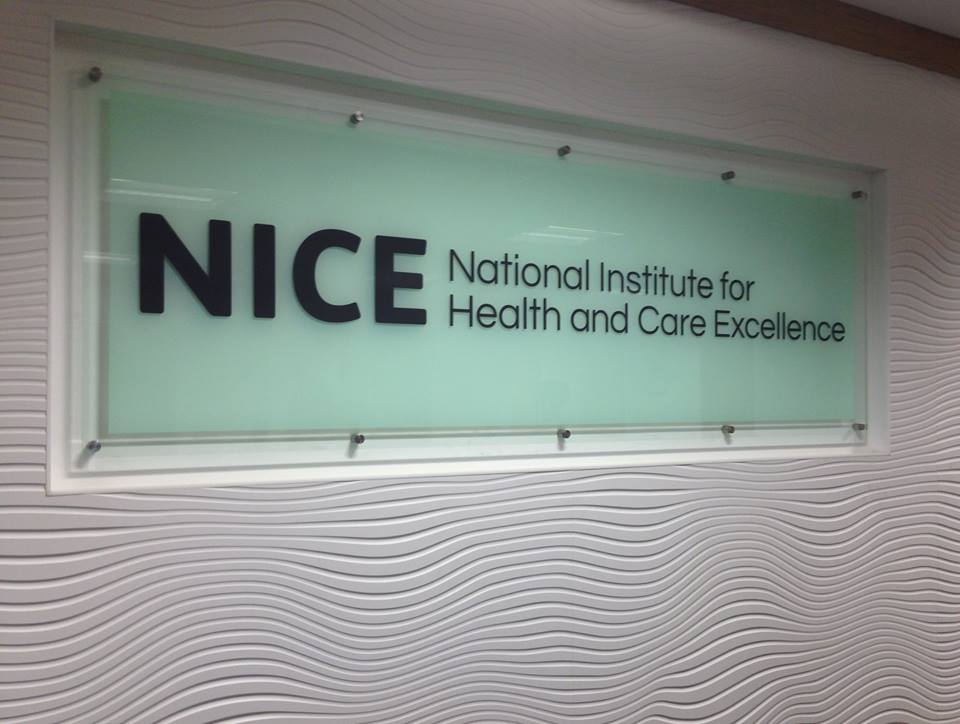NICE backs funding for Kyowa Kirin's bone disorder drug

Children in England and Wales with a rare inherited disorder causing soft and weak bones can have access to a new therapy after NICE said Kyowa Kirin’s Crysvita can receive regular NHS funding.
Crysvita (burosumab) is approved for funding within its marketing authorisation, for X-linked hypophosphataemia (XLH) in children and young people with growing bones in England and Wales.
XLH, which affects around 250 patients in England and Wales, is an inherited genetic disorder that causes low levels of phosphate in the blood.
This leads to soft, weak bones, which can result in life-long physical disabilities and pain.
Children with the condition usually have bowed or bent legs, short stature, bone pain and delayed walking, and may also have dental problems and hearing loss.
Crysvita offers hope for an improvement in these outcomes as it is the first treatment to target the underlying biological cause of XLH, and received a conditional marketing authorisation in Europe in February this year.
Kyowa Kirin has already been providing access to Crysvita for eligible patients at no cost, via an early access programme in the UK.
This will be extended to allow time for NHS England to implement NICE’s final guidance, enabling a smooth transition to NHS supply in England and Wales.
Dr Poonam Dharmaraj, chair of the British Paediatric and Adolescent Bone Group said on behalf of the group: “This treatment represents a significant improvement for a condition in which there have been no advances in management for 35 years and will be much easier to adhere to compared to current therapy options. It will result in better healing of rickets, linear growth and muscle function among affected individuals.”
Tom Stratford, CEO, Kyowa Kirin International said: “It is a major development that NICE has recommended Crysvita for routine use among children and young people with XLH in England and Wales. This marks a step change in treatment for XLH, emphasised through the emotional testimonies provided by patient groups and clinicians following the first evaluation consultation.”


